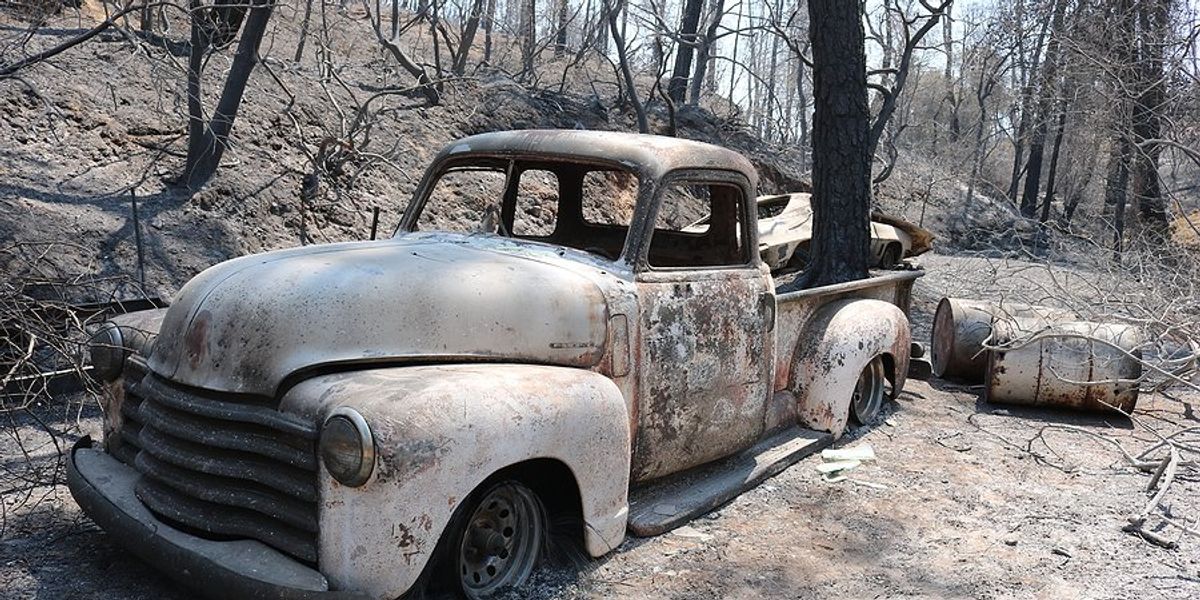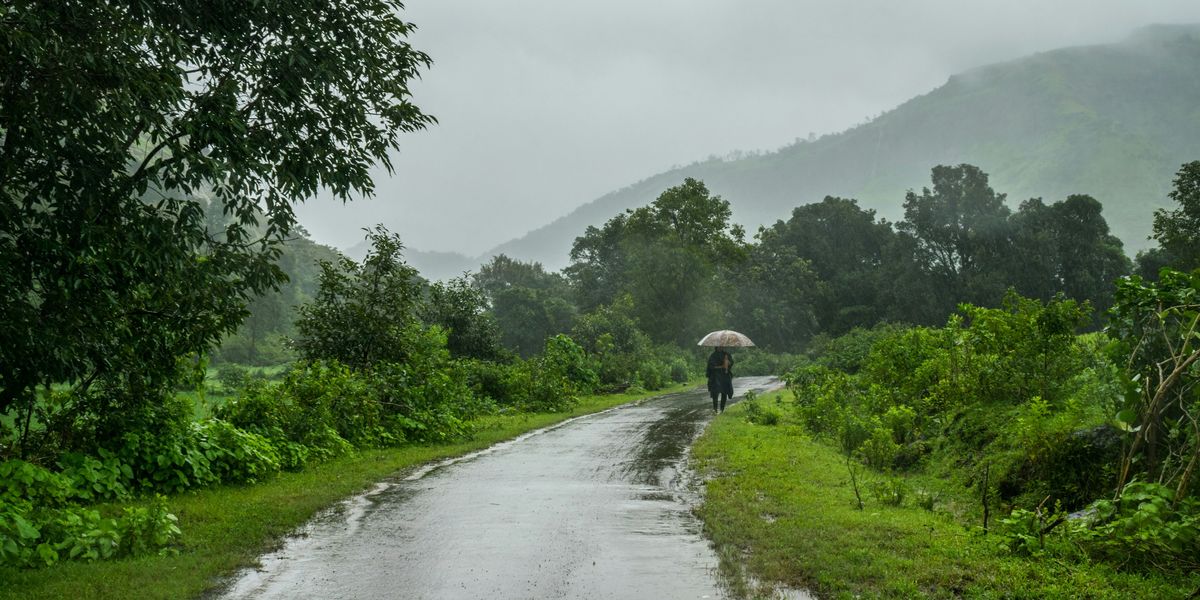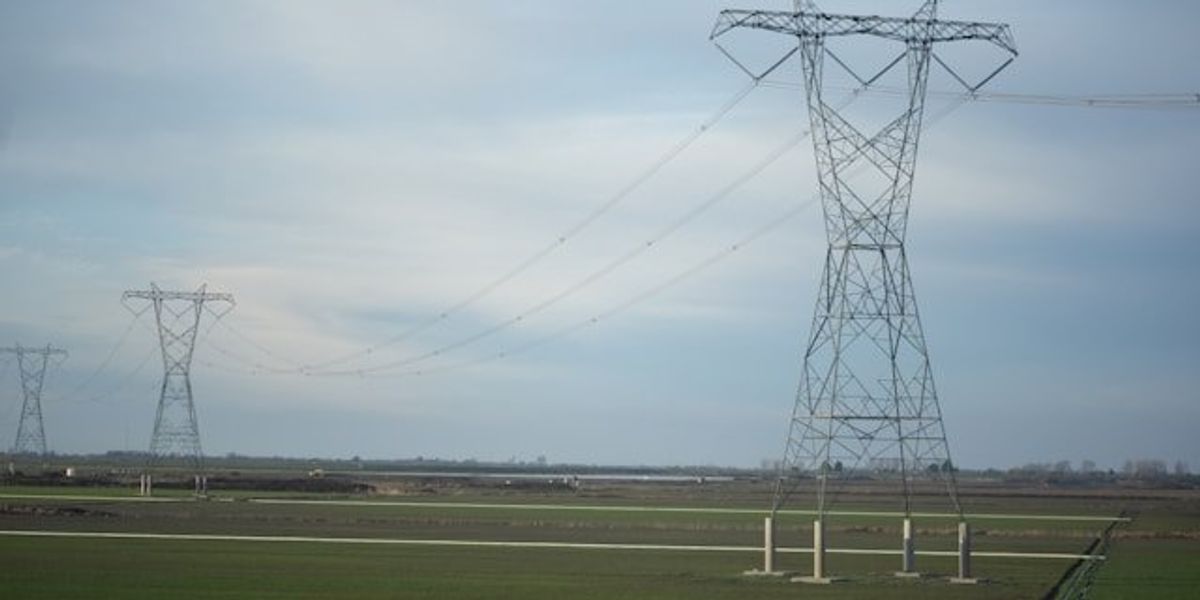
Extreme weather devastates U.S. as Trump administration cuts threaten future forecasting
More than 120 tornadoes tore through 11 states over three days, killing at least 40 people, while strong winds fueled dust storms and wildfires across the drought-stricken Plains.
Eric Holthaus reports for The Guardian.
In short:
- A historic tornado outbreak bypassed the traditional "Tornado Alley," striking the southeastern U.S. due to warming Gulf of Mexico waters, which intensified storms and led to more nighttime tornadoes.
- Severe dust storms, driven by extreme drought and high winds, caused highway pileups and dangerously poor air quality, with pollution levels in St. Louis reaching six times the hazardous threshold.
- The National Weather Service’s forecasts were highly accurate, but staffing and funding cuts under the Trump administration have left key meteorological positions vacant, raising concerns about future preparedness.
Key quote:
"When it comes to preparing and protecting the US population from nature’s wrath, slashing funding is not just reckless – it’s dangerous. You get what you pay for."
— Greg Carbin, former chief of forecast operations at the National Weather Service
Why this matters:
Extreme weather is becoming a relentless, year-round threat, with climate change intensifying storms, wildfires, and air pollution. The weekend’s deadly tornado outbreak highlights shifting weather patterns, as twisters increasingly strike areas unaccustomed to such destruction. Meanwhile, prolonged droughts are fueling larger wildfires, and extreme rainfall is triggering catastrophic flooding. Air quality is also worsening, with wildfire smoke and rising temperatures contributing to more respiratory illnesses, particularly among vulnerable populations.
At the same time, scientists warn that reduced funding for weather forecasting and emergency preparedness could leave communities even more exposed to these growing risks. As climate-driven disasters become more frequent and severe, first responders and public officials face mounting challenges in protecting lives and infrastructure. Without stronger investments in prediction and response efforts, experts say, Americans will be left increasingly vulnerable to the escalating consequences of a warming world.
Related: Tornado hotspots shifting from Plains to Southeast, raising risks













